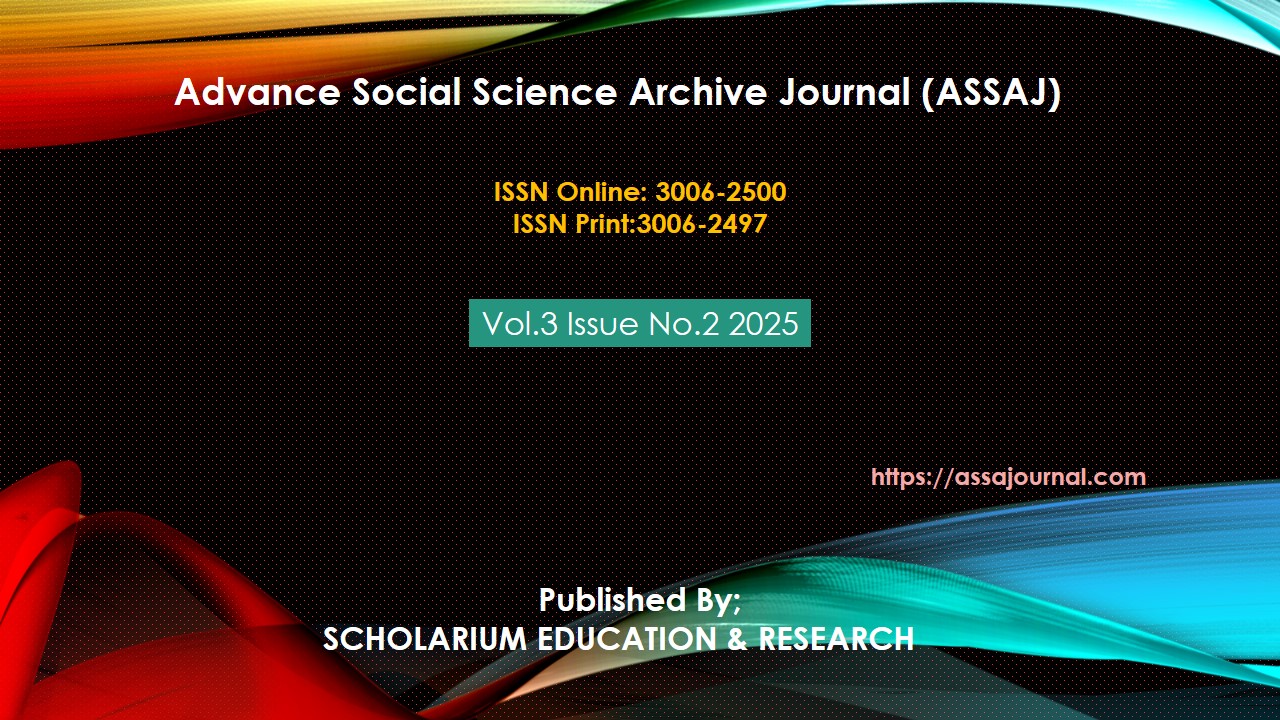Introduction to Tafsir Mazhari and Research Review of its Methodology and Style
Abstract
The Holy Quran was revealed in the Arabic language and the language of the Arabs was also Arabic. The Arabs were proud of their language, eloquence, and power of expression. The Holy Quran was revealed in their language and it adopted their style and manner of speech. When the people of the language heard it, they could not help but acknowledge its greatness because the Quran was undoubtedly revealed for the welfare and well-being of man and is a comprehensive law and guidance, a complete code of life. Among the scholarly and literary contributions of Qazi Sanaullah Panipati is his commentary, Tafsir-e-Mazahari. Qazi Sanaullah named his commentary after his teacher Mirza Mazhar Jan Janan. Qazi Sanaullah Panipati completed this commentary in 1208 AH. According to this period, this commentary of Qazi Sanaullah Panipati (1195 AH to 1208 AH) was completed in 14 years. Qazi Sanaullah's writing style was very laborious because while writing Tafsir-e-Mazhari, he made use of ancient commentaries, and ancient commentaries which are completely in Arabic. The language in which Tafsir Mazhari was written is Urdu, and many commentaries have been written in Urdu. Most of them are such that the words used in them are so difficult that the common man is sometimes unable to understand them. This has also been pointed out by Qazi Sanaullah Panipati. Qazi Sanaullah Panipati adopted a research style at every point in his commentary, and even if it is called a research commentary, it would not be wrong because of the colors of research that he has scattered in this commentary.
Keyword: Exegesis, Science, Exegetical Exegesis, Qazi Sayallah Pani Pati, Exegesis Of Particulars, Exegesis Methods, Styles





